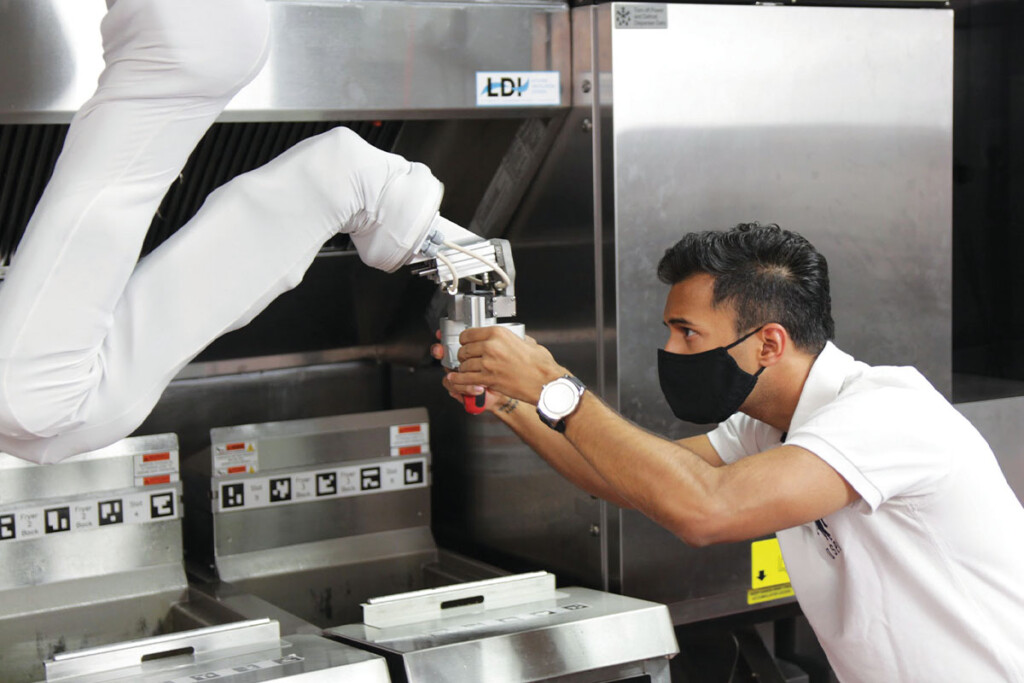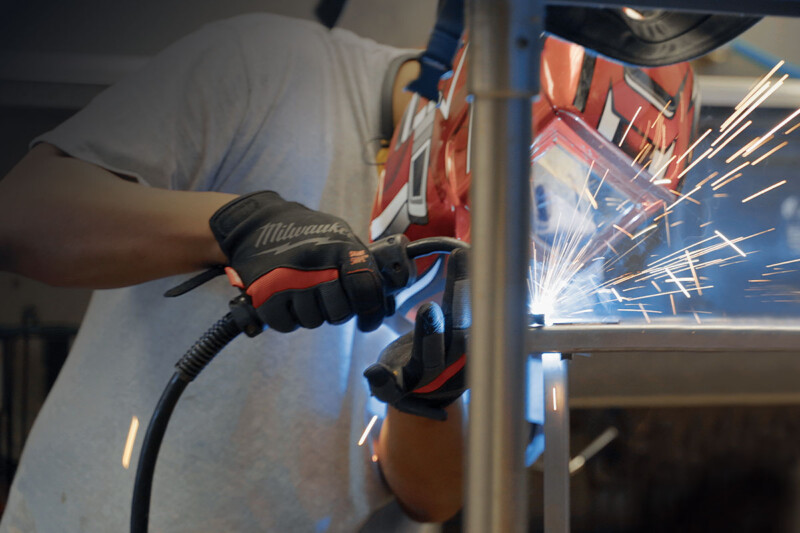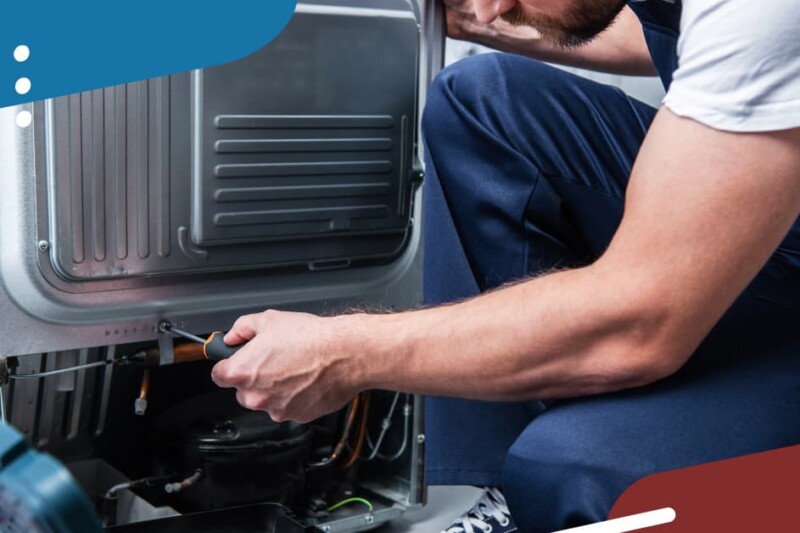4 Top Tips for Robot Maintenance
Robots promise to help alleviate the industry's labor problems, but that's only if they're well-maintained.

As labor issues linger, robots serve as one solution for bustling operators. For many foodservice jobs, particularly repetitive and potentially dangerous ones like frying, robots offer consistency, efficiency and employee safety. In other cases, automating a task, such as assembling and dispensing salads or grain bowls to order, allows operators to provide service when and where labor isn’t available.
Though some manufacturers envision a kitchen that’s almost entirely automated, most robot makers suggest their equipment, as smart as it’s getting, isn’t intended to replace employees. Rather, they’ll tell you robots allow employees to turn time and attention to more important tasks, like customer service. But robots, like people, are only effective when they show up for work.

Courtesy of Autec.
Proper maintenance helps ensure that robots keep doing their jobs. Robots typically comprise mechanical equipment and software or operating systems that are unfamiliar to many foodservice equipment service technicians. They also may operate as stand-alone devices or in conjunction with traditional kitchen equipment, making maintenance more complicated. Here are a few tips to consider:
Follow planned maintenance instructions to the letter. You can avoid a lot of downtime with robots if you simply follow the manufacturer’s instructions. For example, robots have sensors and cameras that can be obscured by food or grease—a few grains of rice in a sushi-rolling robot or splash of grease on the camera of a fry basket flipper—“blinding” the robot.
Daily cleaning, including removing washable parts and running them through the dishwasher, can keep these robots at peak performance. In addition to cleaning, though, other steps may be necessary. One sushi-making robot, for instance, requires daily lubrication, but only the manufacturer-specified oil will do; others could gum up the works.
Make sure employees are properly trained to maintain equipment. Manufacturers typically provide in-person or video training modules for employees when a robot is installed, along with documentation such as training manuals. One maker even has its training manual installed on a tablet that serves as the controller for the robot. But one training session often isn’t enough.
“We recommend that operators contact us for retraining, since a good portion of downtime issues occur when new staff members are unfamiliar with the product and don’t
receive proper training from our team,” says one maker.
Don’t forget regular maintenance of adjunct equipment. While some robotic equipment is self-contained, other robots are adjuncts to traditional cooking equipment. Don’t neglect scheduled maintenance for that equipment. The robotic arm that places and lifts frying baskets, flips burgers or puts cookies in ovens unfortunately doesn’t filter the oil, clean the griddle or wipe down the oven (now that would make employees happy).
Basket geometry is the biggest potential point of failure for one automated fryer, according to the system’s manufacturer, so operators must adhere to a proactive basket maintenance program to ensure the robot can read calibration marks. In this case, the machine can be put into sleep mode so employees can filter frying oil.
Make sure you know who to turn to for service. Service plans vary by maker, so you’ll want to do your homework. One robot manufacturer that FER spoke to uses a network of third-party service agents that the company has trained to perform services such as recalibration of the robotic arm, changing the special fabric sleeve once a quarter and other maintenance tasks. Yet another makes its salespeople available for any personal service a customer might need, and augments that with virtual troubleshooting and training.
RELATED CONTENT
- Advertisement -
- Advertisement -
- Advertisement -
TRENDING NOW
- Advertisement -
- Advertisement -
- Advertisement -


